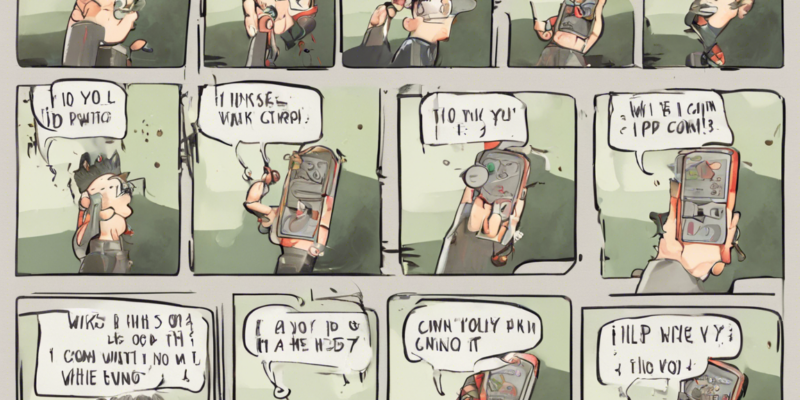Probability is a fundamental concept in mathematics that allows us to predict the likelihood of different outcomes. When it comes to flipping a coin, the probability of getting heads or tails is a classic example that many people are familiar with. In this article, we will delve into the world of probability by exploring the scenario of flipping a coin three times. By the end of this article, you will have a solid understanding of how to calculate the probabilities associated with this scenario and how to interpret the results.
Understanding Coin Flips
Let’s start by revisiting the basics of flipping a coin. When you flip a fair coin (one that is not biased towards either heads or tails), there are two possible outcomes: heads or tails. The probability of landing heads on a single coin flip is 1/2, and the probability of landing tails is also 1/2.
Flipping a Coin Three Times
Now, let’s consider the scenario of flipping a coin three times. Each coin flip is an independent event, meaning that the outcome of one flip does not affect the outcome of another flip. This independence is a key concept in probability theory.
Calculating Probabilities
To calculate the probabilities associated with flipping a coin three times, we can use a combination of basic probability principles and simple math. Here are some key calculations to consider:
1. Probability of a Specific Outcome
- HHT (Heads, Heads, Tails): The probability of getting HHT in three coin flips can be calculated as follows:
- Probability of getting heads: 1/2
- Probability of getting heads: 1/2
- Probability of getting tails: 1/2
- Total Probability of HHT = (1/2) * (1/2) * (1/2) = 1/8
2. Probability of At Least One Head
- To calculate the probability of getting at least one head in three coin flips, we can consider the complementary event of getting no heads:
- Probability of getting no heads (TTT): (1/2) * (1/2) * (1/2) = 1/8
- Probability of getting at least one head = 1 – Probability of getting no heads = 1 – 1/8 = 7/8
3. Probability of a Specific Sequence
- HTT (Heads, Tails, Tails): The probability of getting HTT in three coin flips can be calculated as follows:
- Probability of getting heads: 1/2
- Probability of getting tails: 1/2
- Probability of getting tails: 1/2
- Total Probability of HTT = (1/2) * (1/2) * (1/2) = 1/8
Interpretation of Results
By calculating the probabilities for different outcomes of flipping a coin three times, we can gain insights into the likelihood of each scenario occurring. Understanding these probabilities can help us make informed decisions in various real-life situations where chance plays a role.
Applications of Probability
The concept of probability extends far beyond coin flips and has numerous applications in various fields, including:
- Finance: Calculating risk and uncertainty in investment decisions.
- Statistics: Estimating population parameters based on sample data.
- Science: Predicting the outcomes of experiments and observations.
- Games of Chance: Analyzing the odds in casino games and sports betting.
Frequently Asked Questions (FAQs)
Here are some common questions about probability and flipping a coin three times:
1. What is the probability of getting all heads in three coin flips?
The probability of getting all heads (HHH) in three coin flips is (1/2) * (1/2) * (1/2) = 1/8.
2. If I flip a biased coin three times, how does that affect the probabilities?
If the coin is biased, the probabilities of getting heads or tails may not be equal, leading to different calculations based on the bias of the coin.
3. What is the probability of getting a different outcome in each of the three coin flips?
The probability of getting different outcomes in three coin flips (e.g., HTH or THT) is 3/8.
4. How can I use probability theory in everyday decision-making?
Understanding probabilities can help you assess risks, make informed choices, and predict outcomes in various situations, from simple games to complex real-world scenarios.
5. Can I apply the concept of probability to other types of events beyond coin flips?
Yes, probability theory is a versatile tool that can be applied to any situation where there are uncertain outcomes, such as rolling dice, drawing cards, or predicting the weather.
Conclusion
By mastering the concept of probability and applying it to scenarios like flipping a coin three times, you can develop a deeper understanding of chance and randomness. Whether you’re a student learning about probability theory or someone interested in making data-driven decisions, knowing how to calculate and interpret probabilities can be a valuable skill. Keep exploring the fascinating world of probability, and you’ll continue to unlock new insights and applications in various aspects of your life.


Comments